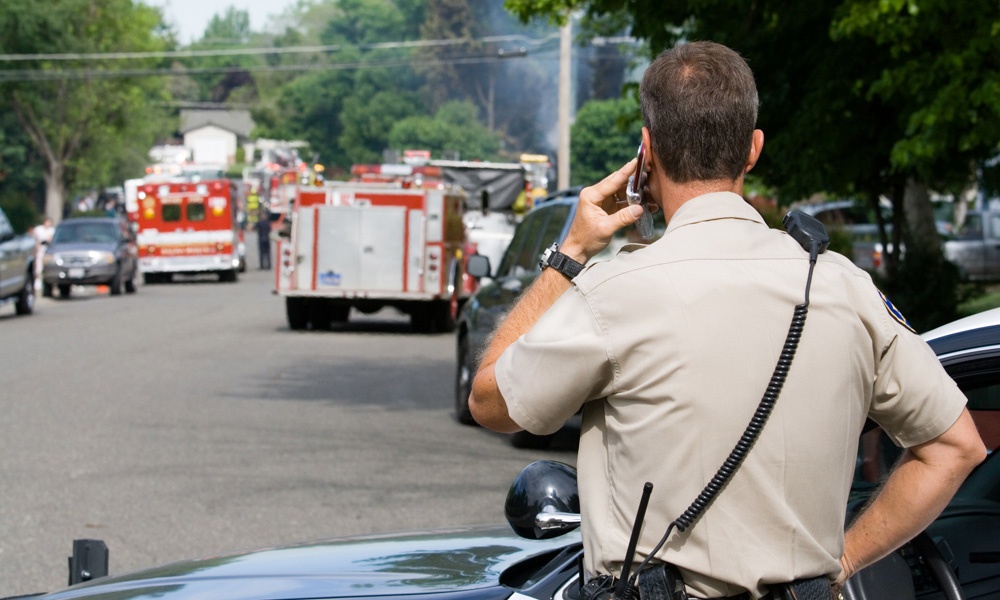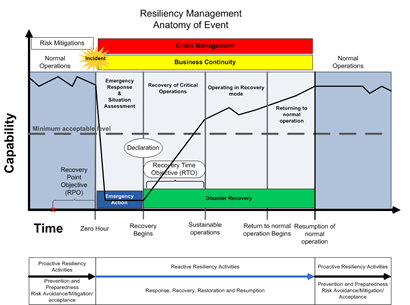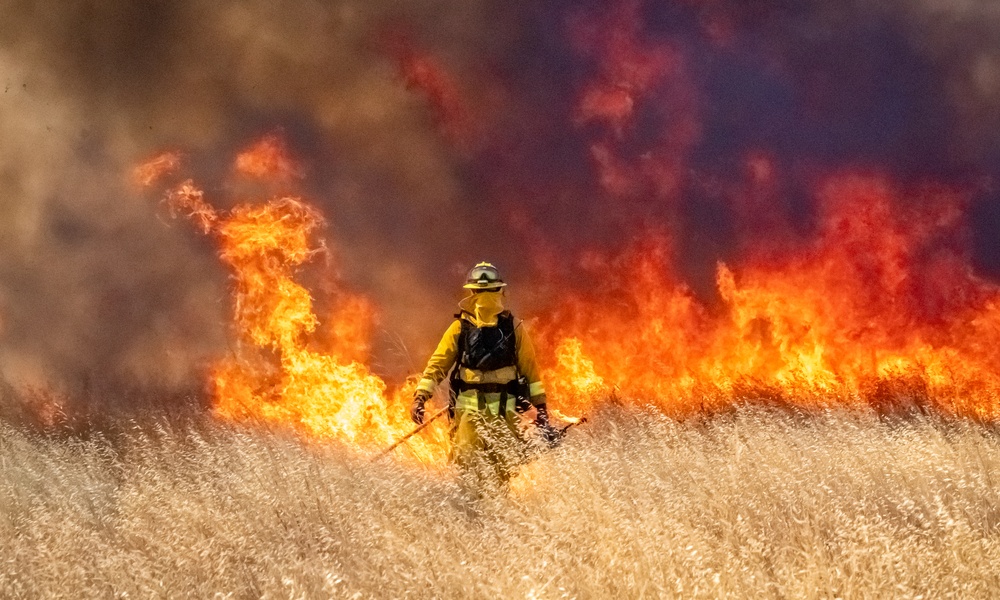Blog
Manual calling trees, should you use them in a crisis?

What is a crisis?
A time of intense difficulty or danger.
The diagram below shows what happens to your standard business operation, and moving from left to right, we see normal operations, then an incident happens. Crisis management doesn’t just need to be an incident occurring, like a fire, terrorism etc. It can be something that is more focused around your business. You may see an incident coming for example – you may know there is going to be three feet of snow the following morning, so you may want to get your crisis management team together to work out what you want to do.

During a crisis – what do you need to do?
Here are some tips for managing crisis communications:
- Inform your employees – of what?
- Account for your employees – how are you going to find out if everyone is OK?
- Respond to queries – how are you going to manage queries, what are you going to say?
With a manual calling tree, you can pick up the phone and have a conversation with someone, but what happens if they haven’t got all of the information they need? You will need to call them back and the calls can become challenging and time consuming.
At what point do we say, we need a system in place? At what point do we say a manual calling tree isn’t working?
Manual versus Automated
Take a simple scenario with snow and informing employees not to come to the office.
Manual
You have to inform your employees. Have you got all of their phone numbers? You pick up the phone a couple of times, to get through to them which is time consuming. What happens if you have over 1000 employees – the process of contacting everyone will take even longer. Also the message may become garbled along the way.
Automated Using an automated tool, you can reach a large amount of people within a short space of time, and you can send the message exactly when it is needed. Employees can be kept informed and updated of the situation as the incident plays out. You can also get a response from people if required.
A manual calling tree relies on 1 or 2 paths, maybe mobile or SMS and if you have a serious incident, the chances are the GSM network will go down, and in some cases so will the social media network. What we need to do is look at a way to communicate with people via multiple paths and with a mass broadcast. In the first cycle of communications you want to try and reach everybody. Maybe you will get to 80% of employees. The next step is to then focus on those people that didn’t respond the first time to check that everybody is OK. This focuses your attention on those people that might need help. In this modern age, there are situations where we may find one path is less reliable than another path, and manual calling trees take just too much time to contact people. People expect to be contacted instantly, to say, ‘Something has happened, and here is what you need to do’. In a scenario where it takes organizations days to contact their employees, it is very uncomfortable especially if you have to explain to the C level that you can’t contact people. So you need to be able to contact people in multiple ways over a period of time, and manual calling trees do not allow you to do this.
Conclusion
When trying to reach more than a handful of people, gathering a response and reporting back using a manual calling tree really is an old school way of doing things. In this day and age with the technologies available, utilizing a notification system really is the only practical way of staying in command and controlling any issue.


